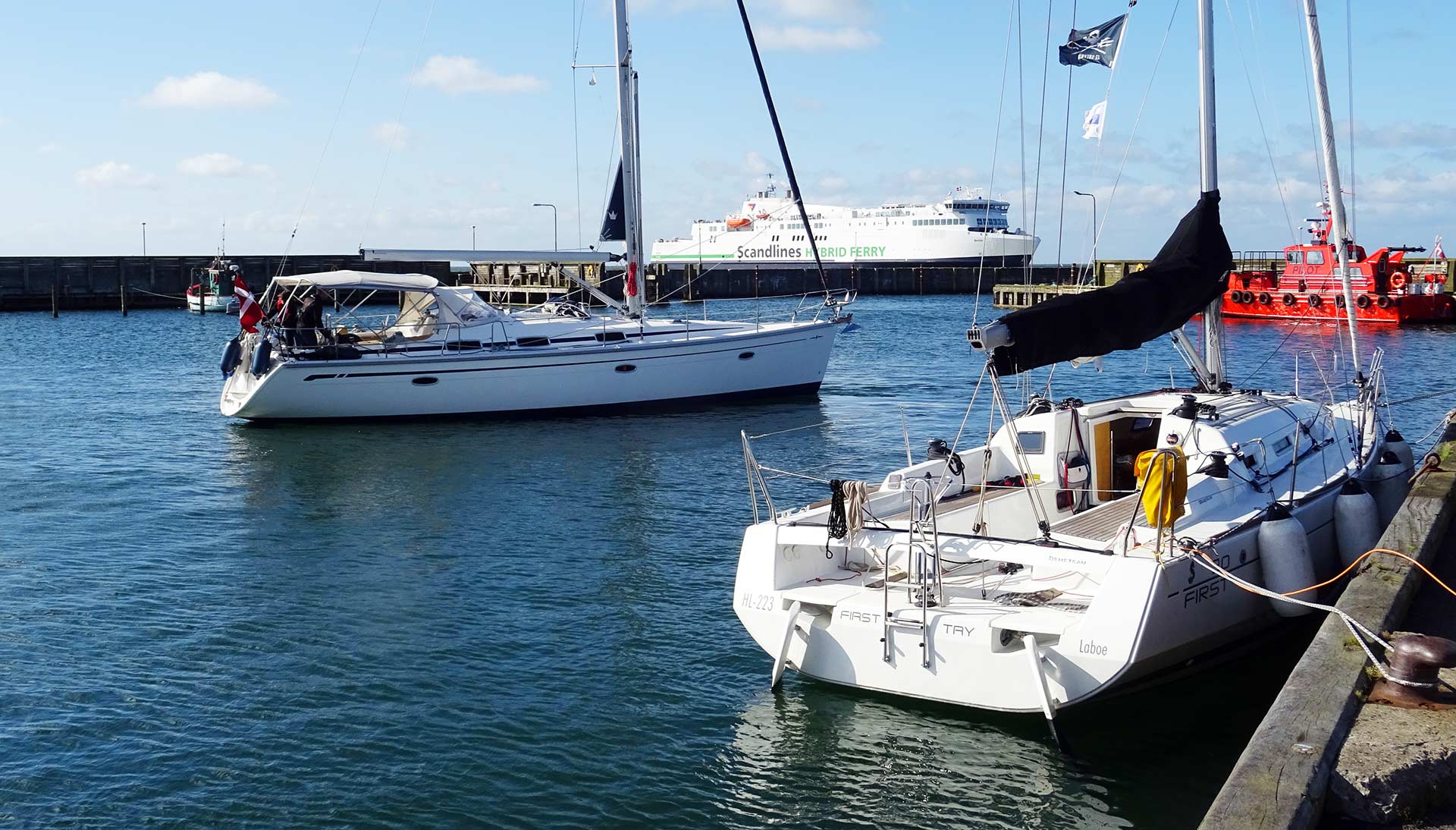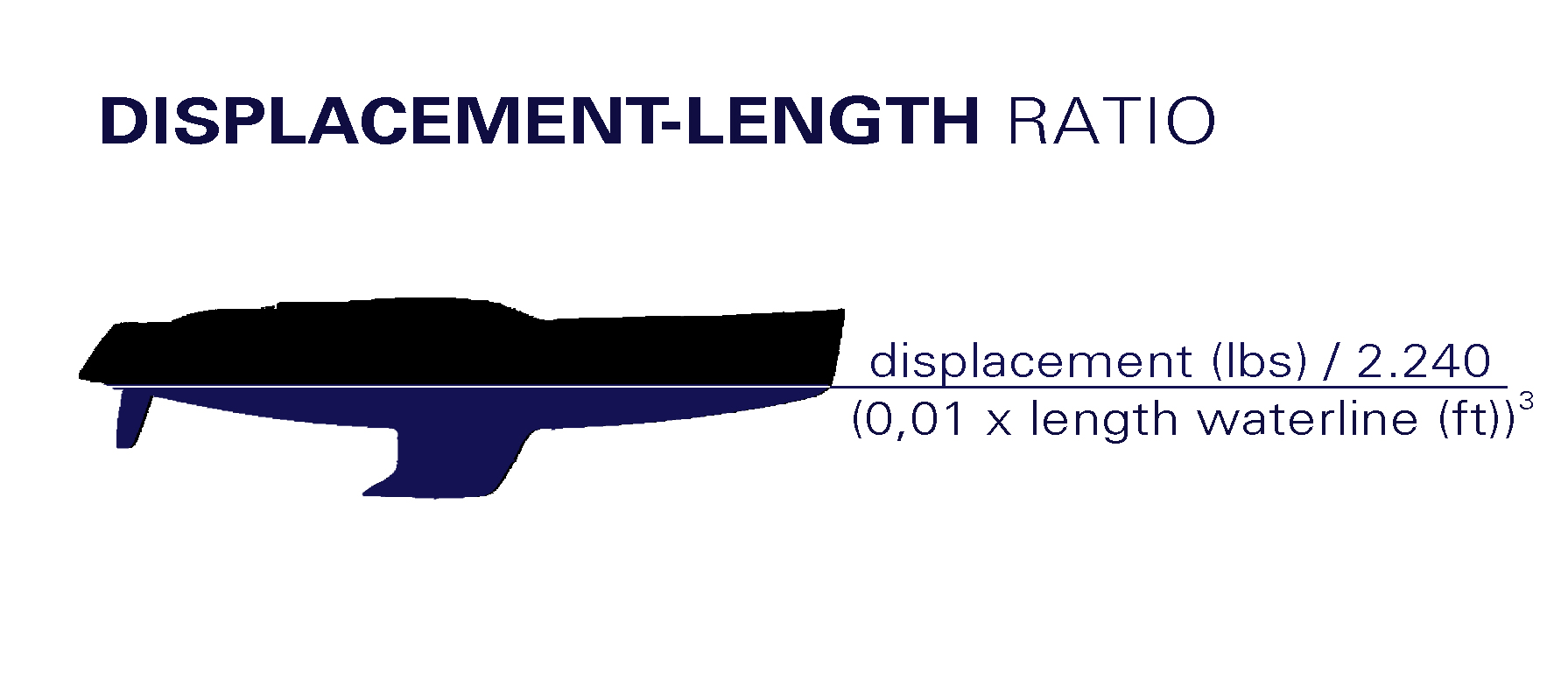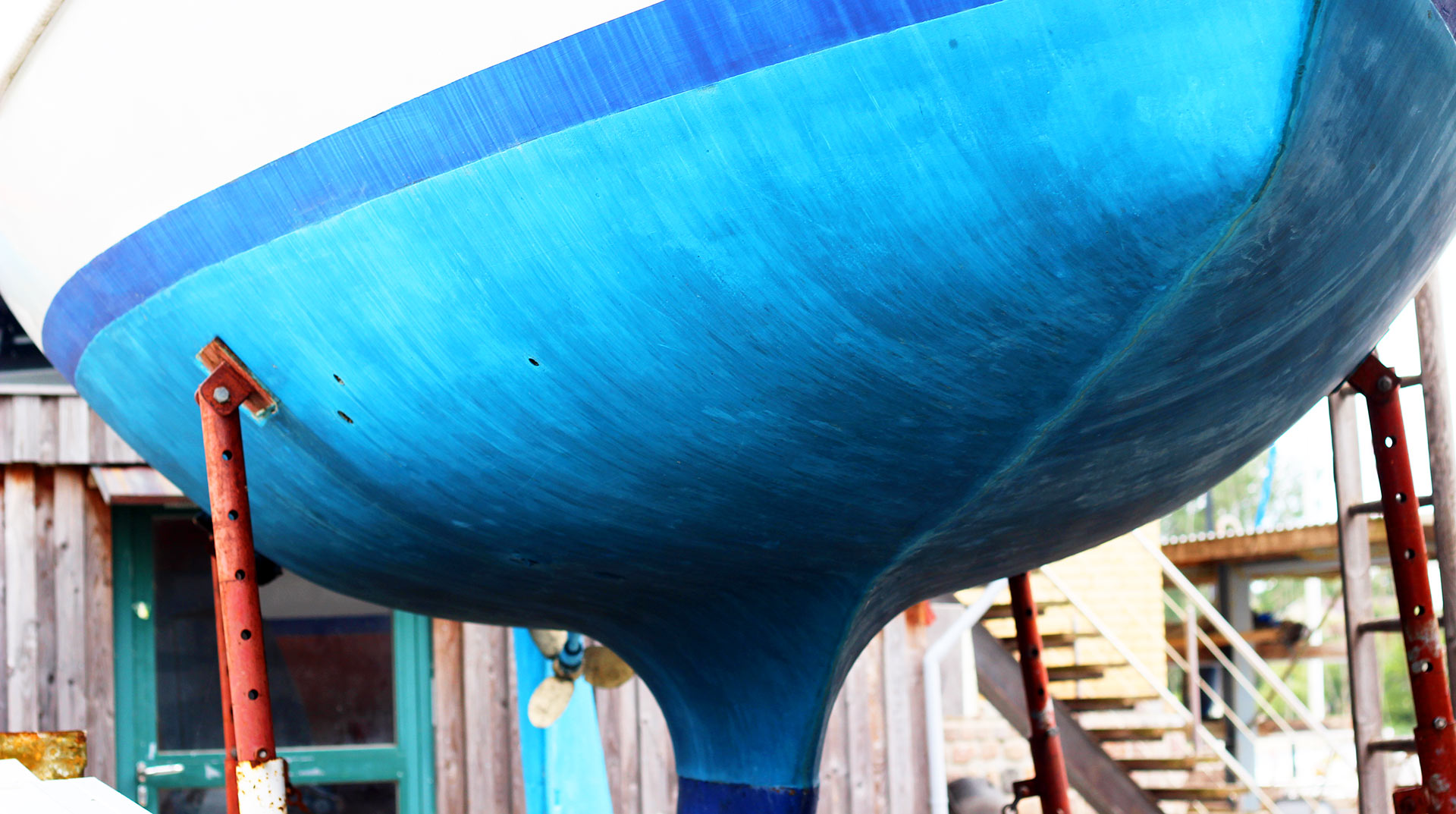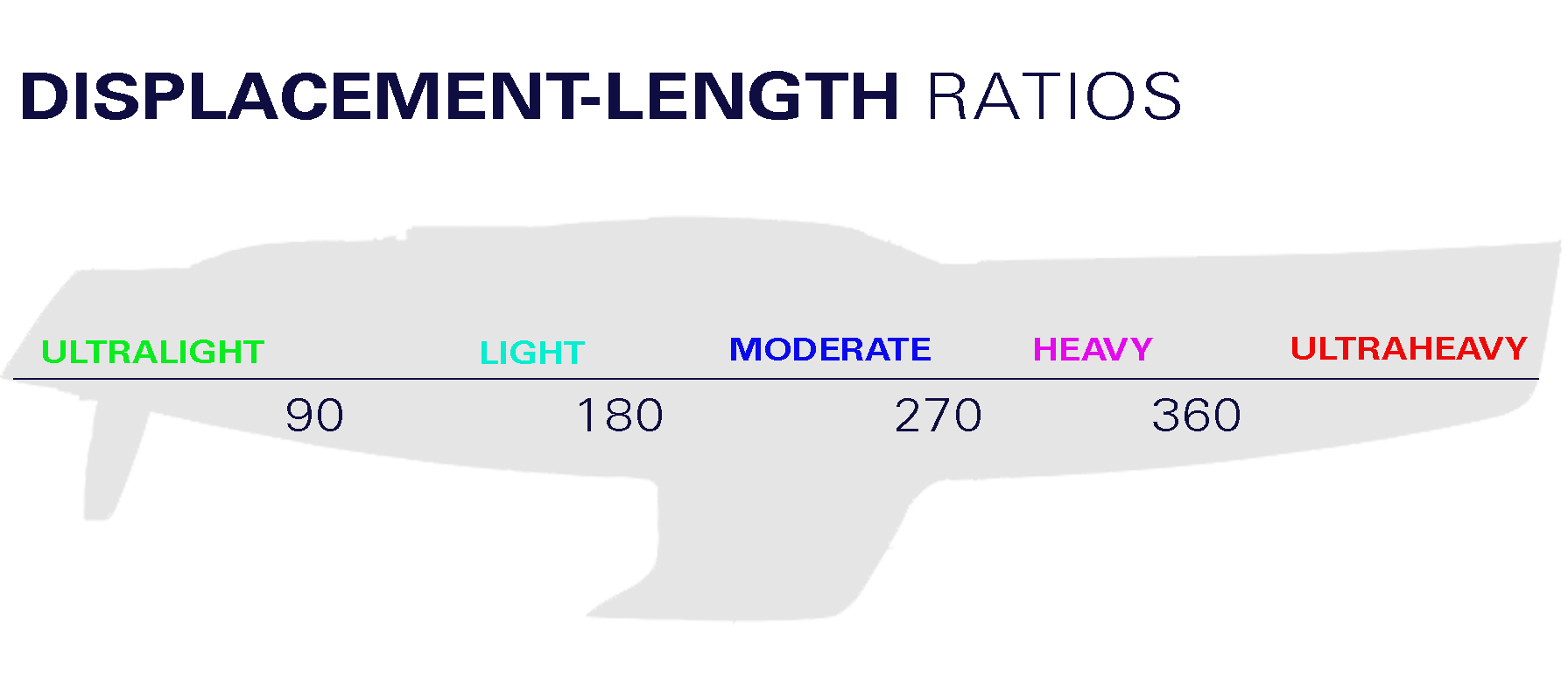When sailors are talking about their boats they often refer to ratios and numbers. That´s a tendency in human behaviour to try to generalize things to make them comparable. Of course, everybody knows that you cannot really describe apple to pears and so it´s worthless to describe a – let´s say – Seventies IOR-era King´s Cruiser 33 like mine to a modern day cruising yacht but we nevertheless tend to do so.

Why? I guess that´s mostly because of the boating industry and their media assets trying to sell more and more newer products to the sailors, as it is done with all products on all markets. And in order to “explain” why a new boat is definitely better than the old one, you need kind of objective figures to compare what´s otherwise incomparable. These numbers are called “non dimensional” figures as they do not depend on subjective and individual design features of a boat or a hull. The just compare two features, reducing them to light chunks which can be viewed and understood with ease. Like the D/L-ratio.
What does the D/L-ratio tell?
The Displacement-Length-Ratio in general is a non-dimensional number. It sets into relation the displacement of a boat (expressed in pounds) to the length of her waterline (in feet). So, in general, this ratio is looking for the relation between the (heavy?) volume of water being pushed aside by a boat´s hull and the length (and therefore speed potential – see for my article “Hull speed vs. Froude number” here) of her hull. Sounds fair enough?

The formula is as easy as ABC: Displacement (pounds) divided by 2.240 and then divided by the length of the waterline in feet cubed multiplied by 0,01. There are numerous online DLR-calculators available on the net, just do a quick research in the search engine of your choice. So, in the end this figure can be calculated for every hull afloat and as it is non-dimensional it makes comparable what wasn´t comparable at all: You can now set a Chinese Junk into relation with a high-tech Ocean Racer if you want. But, let´s not doom this calculation as it really offers some nice hints.
Generating and interpreting the D/L-ratio for your boat
First of all, the D/L-ratio of your boat can be set into relation with a general accepted comparison chart allowing a classification of your boat. For example, my dream yachts, the Cigale 16 (read more on this great boat here) and the Oyster 745. Both boats, after calculating their D/L-ratios deliver the following numbers: D/LR of the Cigale 16 is 98, the displacement-length-ratio of the Oyster 745 is 193. Looking at the chart now:
We will notice, that the aluminium made Cigale 16 is “light displacement” boat (although advertised as ULDB) and that the Oyster bluewater cruising boat may be classified as a “moderate displacement” boat although widely considered a heavy displacement cruiser. Well, that diversions could have their roots in the numbers you put into the calculation, like the sail area which always should be the mainsail plus a 100% jib. But there are seldom boats equipped with a 100% jib – like the Oyster, where the website states only numbers with a 150% fore sail. For the Cigale 16 the website inly states “upwind sail area” without any further specification. Anyway: Looking at the numbers and the shapes of the hulls you will instantly see the meaning of the D/L-ration by your own eyes: Low number means lighter, high number means heavier.
The lower – the better?
So, the sporty sailor might now be compelled to ask for a boat with the lowest D/L-ratio possible. But this wouldn´t be a wise decision. As pro-sailor Tim Kroeger told me when we were talking about the SA/D-ratio (read about it here), such a number gives but a slight impression on the real performance and behaviour of a boat. One should not compare boats by anonymised numbers and ratios. Yes, lower means lighter means faster. But have you ever sailed on a Pogo? I have (read it here, here and here) and it´s great fun of course. But this boat is a mess when it comes to sailing comfort. She is hard bouncing off the water (whilst planning) and kicks your ass constantly. Nothing for a longer cruise. In this case, a higher number with a more seakind behaviour in the waves is much appreciated.

As you know – a boat is always a compromise. Speed is always sacrificed for comfort. Fast sailing always means a considerable concession to sailing quality, seakind motion of the boat, tiring hard bounces, roughest movements in waves (especially in foul weather with much swell). On the other hand, a comforting, relaxing, pleasant movement of a boat (through a V-shaped hull) can only be achieved by a higher displacement and a hull-shape which naturally cannot plane anymore: The boat will be slower. But ask yourself: Do you want to be quickly flying over the waves in a short dash or do you want to sail for days, weeks, months or even years enjoying the world´s oceans – no matter if this is done in 8-knots or 8.5 knots?
By the way, my own boat, the King´s Cruiser 33 has a D/L-ratio of 258. Very pleasant …
Also interesting reads on Skipper´s Basics:
What´s the Sail Area-Displacement Ratio?
What makes a Yacht seaworthy?
Hull Speed calculation.

